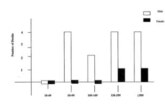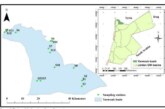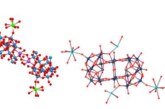
Authors: Mohammed Aliedeh
DOI: https://doi.org/10.48103/jjeci192018
JORDANIAN JOURNAL OF ENGINEERING AND CHEMICAL INDUSTRIES (JJECI)
Pages: 69-77
Because Analogy is considered as a double-edged sword, thermal engineers should be cautious in analogical maneuvering between electrical and thermal domains in order not to be slipped into building misconceptions about thermal resistance concept. Composite wall thermal resistance (CWTR) modeling is one of the practical examples that illustrates the probability of misusing analogy. Heat transfer undergraduate textbooks coverage of CWTR suffers a lean towards “cookbook” coverage that reports concise statements that lack deep clarification and illustration. Transparent Thinking Approach (TTA) is employed to present a detailed calculation and
illustration of a typical CWTR modeling based on isothermal and adiabatic assumptions. The calculation of a typical CWTR for different values of wall thermal conductivities shows that the difference in parallel walls thermal conductivity is creating a large discrepancy that may reach 80% between heat flows calculated based on isothermal and adiabatic assumptions. It is found that for a series-parallel arrangement of composite walls with high difference in parallel wall thermal conductivity values, the true value of heat flow is bracketed between the isothermal and adiabatic heat flow values. The transparent way of presenting CWTR modeling can be readily included in any standard heat transfer textbook and result in greatly enhancing CWTR modeling coverage.
Keywords: Heat Conduction; Thermal Resistance Modeling; False Analogy; Composite Wall; Transparent Modeling Approach



